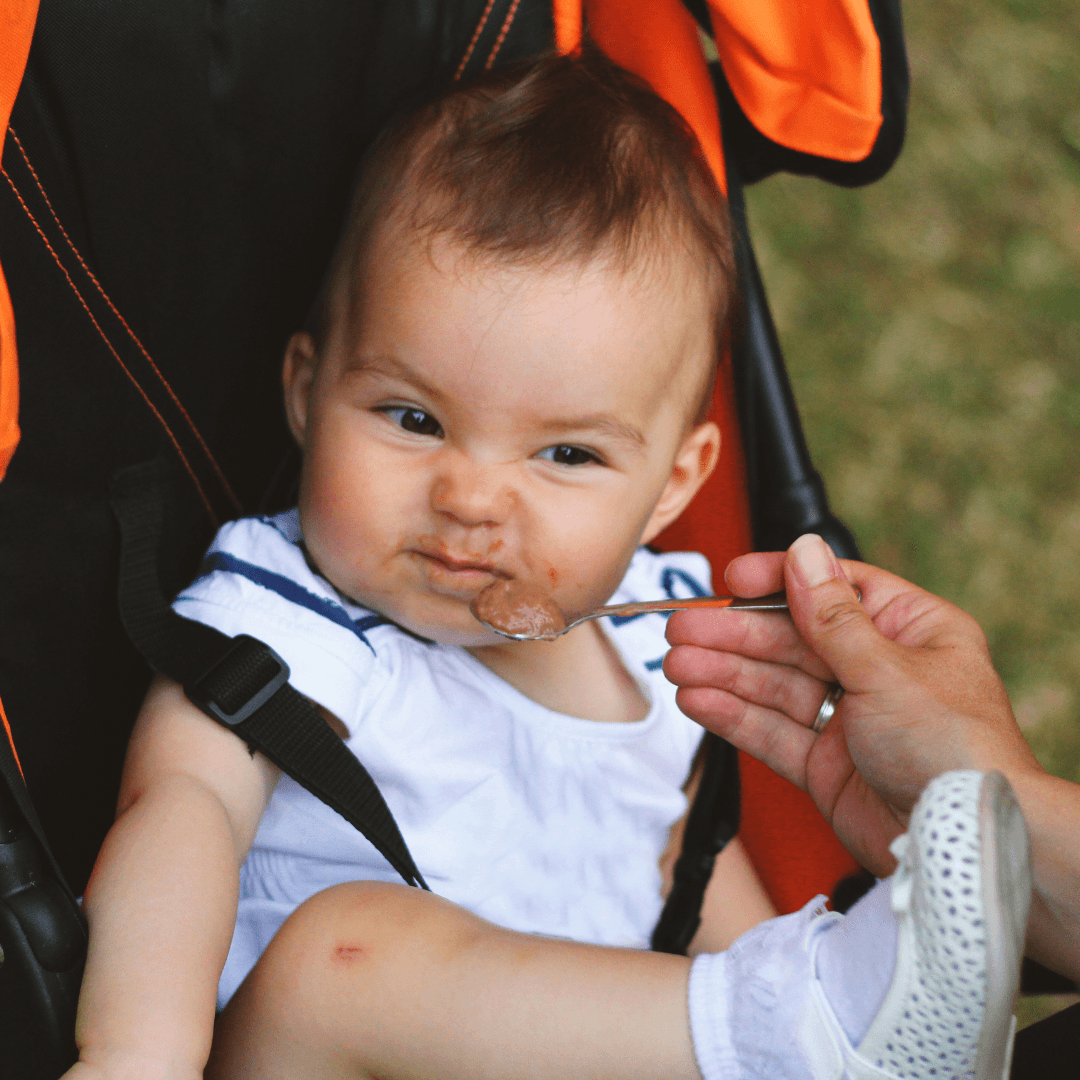
The benefits of breastfeeding are well known. Breast milk helps the development of the baby's immune system and is effective in preventing chronic diseases such as diabetes and allergies. In addition, breast milk is easier to digest than formula milk, and it helps the mother to recover after childbirth. Flesh-to-flesh breastfeeding also enhances the bond between mother and child.
Breastfeeding has so many benefits! However, the success of full-time motherhood is not as easy as one might think. In particular, there are many caregivers who think, “I can’t breastfeed because I don’t have enough milk.” Today, I will introduce tips related to increasing the amount of breast milk for successful breastfeeding mothers!
5 Tips to Increase Breastfeeding for Success as a Breastfeeding Mother
1. Breastfeed immediately after childbirth.
It is very important to start breastfeeding immediately after the baby is born (within 30 minutes to an hour). This is because the mother's body does not produce milk perfectly, but the milk production gradually increases as the baby sucks. Also, when the baby sucks, it contracts the mother's uterus, which helps prevent many postpartum complications that can occur after childbirth.

Photo Source: Medela Breast Pump
Tip:
What if it is difficult to breastfeed immediately after childbirth?
If you cannot breastfeed your baby directly, it is recommended to express the milk using a breast pump, etc.
2. Breastfeed frequently and sufficiently.
The most basic thing in increasing the amount of breast milk is the habit of breastfeeding enough. In particular, breastfeeding at night promotes lactation and quickly increases the amount of milk. When your baby is a newborn, you can breastfeed your baby at any time of the day or night. Usually, 7 to 12 times a day, one breast should be breastfed from for at least 10 minutes. Also, when all the breast milk is discharged, more milk will be produced next time, which will help increase the amount of breast milk.

Examples of Tea Products for Breastfeeding
Tip:
Try using a breast milk boosting tea right after childbirth.
Some parents choose to drink a breast-feeding tea to increase milk production. It is often thought that breast-feeding tea should be drunk from the beginning of breast-feeding, but our body actually starts preparing for breast-feeding even before childbirth.
Therefore, it is more helpful to increase the amount of breast milk if you continue to take the tea for breastfeeding from 6 hours immediately after childbirth. There are many different types of breast milk boosters. There are tea products made with natural organic herbs such as fennel (fennel), caraway, and lemongrass, and there are powdered products made with milk thistle as raw materials which are then strained out from the tea.
Milk thistle is a plant of the Asteraceae family and is famous as a liver nutrient, but it also contains a large amount of ingredients to promote breast milk. In Europe and the United States, it was also called 'the milk of the Virgin Mary'. Even if it is not a milk-promoting tea, it is good to drink a caffeine-free rooibos tea. Breastfeeding requires frequent hydration!
3. Recognise your baby's signs of hunger.
If your baby starts to cry and then latches on, your baby still may refuse to suckle. Breastfeeding is effective if you breastfeed your baby before they start crying when the baby feels calmer. Just by being aware of our baby's hunger signals during the newborn period, parenting becomes easier. Hunger signs vary slightly from baby to baby. They lick their tongues, lick their lips, and turn their heads to find something. They may even show a grimacing face or a whimper.
4. Please protect your breasts from harm.
To keep a positive mental attitude, the hard work of the mother should be minimised. If your nipples are often sore, it will hurt every time your baby sucks on your breast. It would be very difficult to proceed in such a situation. Nipple protection cream or nipple protector can also help. Actively make sure your back is in the correct posture, and when your baby sucks, make sure that they suck the areolas, not just the nipples, all at once. If they only suck on the nipple rather than both the nipple and the areola, your baby will have no choice but to bite the nipple frequently.
As shown in the picture above, nipple protectors are usually made of thin and soft silicone, which stimulates the areola during breastfeeding to increase the secretion of breast milk and prevent the baby from biting. It is helpful in the case of flat, inverted nipples or when the nipples are injured. If you already have nipple scars, you can try using a nipple protection cream. Since the nipple protection cream can be consumed by children, it is better to choose a product made with natural ingredients such as 100% lanolin.
Tip:
If you choose to breastfeed for a short time because of a nipple injury, there is also a baby pacifier product to prevent nipple confusion. There are breastfeeding training pacifiers on the market that can be used as a nipple protector and put in a baby bottle. They protect the mother's nipples and prevent the baby from experiencing nipple confusion.
5. Take the attitude that it doesn’t necessarily have to be difficult.
The biggest condition for success is a relaxed attitude of 'it's okay if you can’t be perfect’. On some days your milk supply may decrease for no reason, and on other days your baby may not be able to breastfeed. Caregivers' minds can get tired quickly if the baby keeps deviating from a daily breastfeeding schedule. Motherhood and breastfeeding are great, but please take care of the mental health of yourself and your partner as parents as well!
---------------------------------------------------
Author: Lee Ji-hyun
- A Secondary School Level 2 Teacher Certificate
- As a real mother of a child, she ponders specific parenting tips between reality and theory. She has worked as an educational civic activist and freelance journalist.







